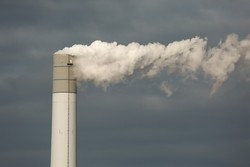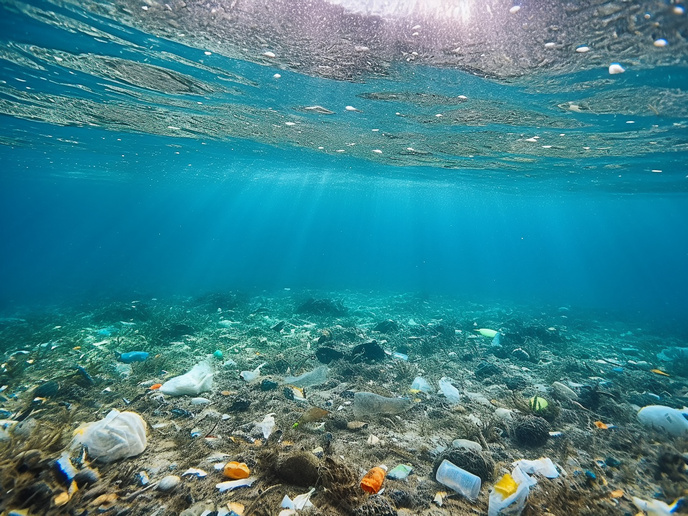Underground CO2 storage
The international community has agreed to constrain global warming to a relatively benign average temperature increase of 2 °C maximum. Ensuring such a result requires various solutions, notably carbon capture and geological storage. Funded by the EU, the ULTIMATECO2 (Understanding the long-term fate of geologically stored CO2) project assessed the long-term effects of CO2 geological storage. Specifically, the study addressed the evolution of CO2 plumes, leakage prevention and regional-scale impacts. The research also helped develop uncertainty assessment tools in a bid to boost confidence in the modelling. The team found that CO2 injected into a storage site can cause long-term changes. The mechanisms include CO2 dissolving in water or reacting with rocks to produce minerals. Modelling of trapping mechanisms in typical storage scenarios suggested that over 50 % of CO2 remains in a supercritical form decades after site closure. However, gas is still contained within the structure. Mineral trapping was limited to sandstone reservoirs used for CO2 storage. New modelling techniques also showed the importance of basin-scale models for predicting the evolution of CO2 in terms of pressure impact. Typical caprock presented a low risk of failure. CO2 also made a low impact on well integrity, however well history was also a factor in integrity. The team therefore recommended developing geophysical tools to improve the evaluation of abandoned wells, which pose a leakage risk. Caprocks and wells both showed a tendency to self-repair in the presence of CO2. In general, predicting leakage risk is difficult because of the complexity of underground geology. Nevertheless, risks were assessed as low or very low, as was the long-term impact of CO2 storage. The ULTIMATECO2 project’s assessment of risks and impact of CO2 storage confirms the validity of such methods in combating global warming. By using underground storage, the world may be better equipped to reach CO2 targets.
Keywords
CO2 storage, climate change, carbon capture, geological storage, ULTIMATECO2







